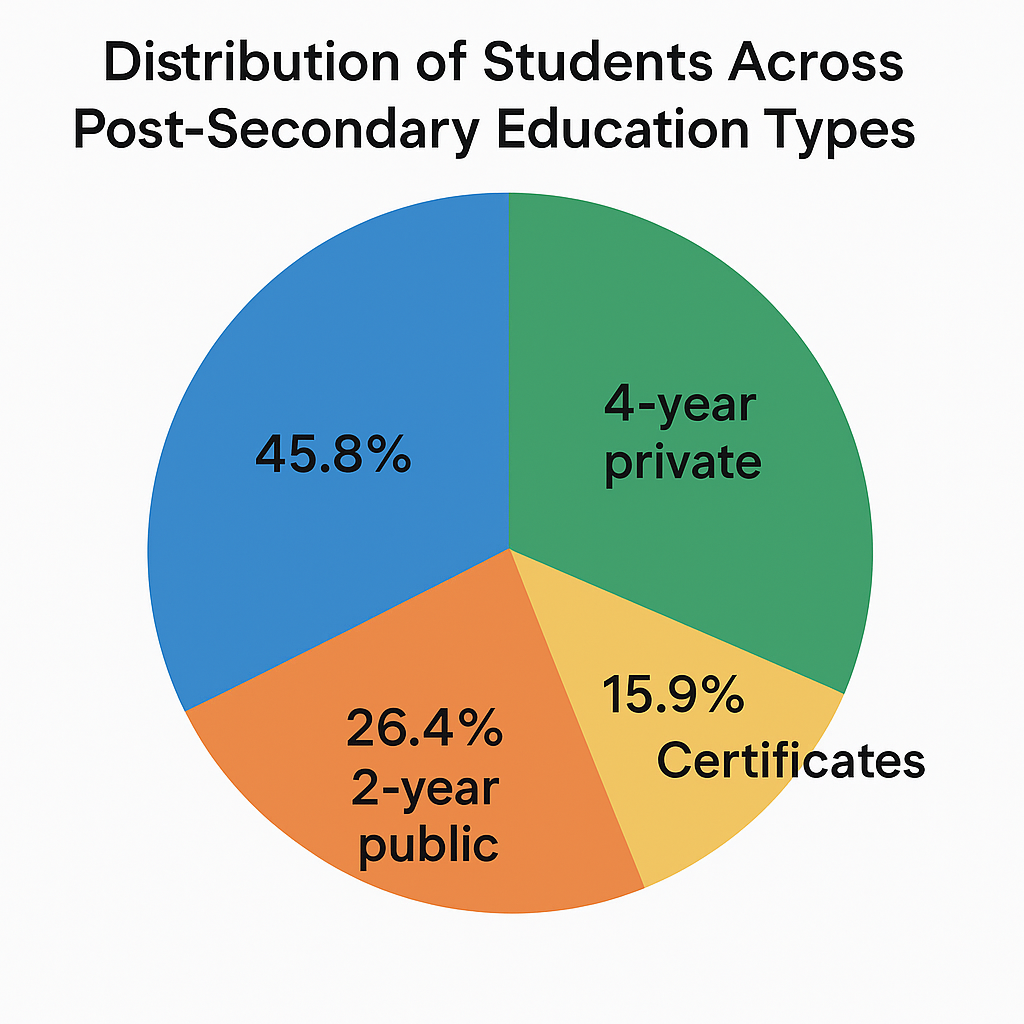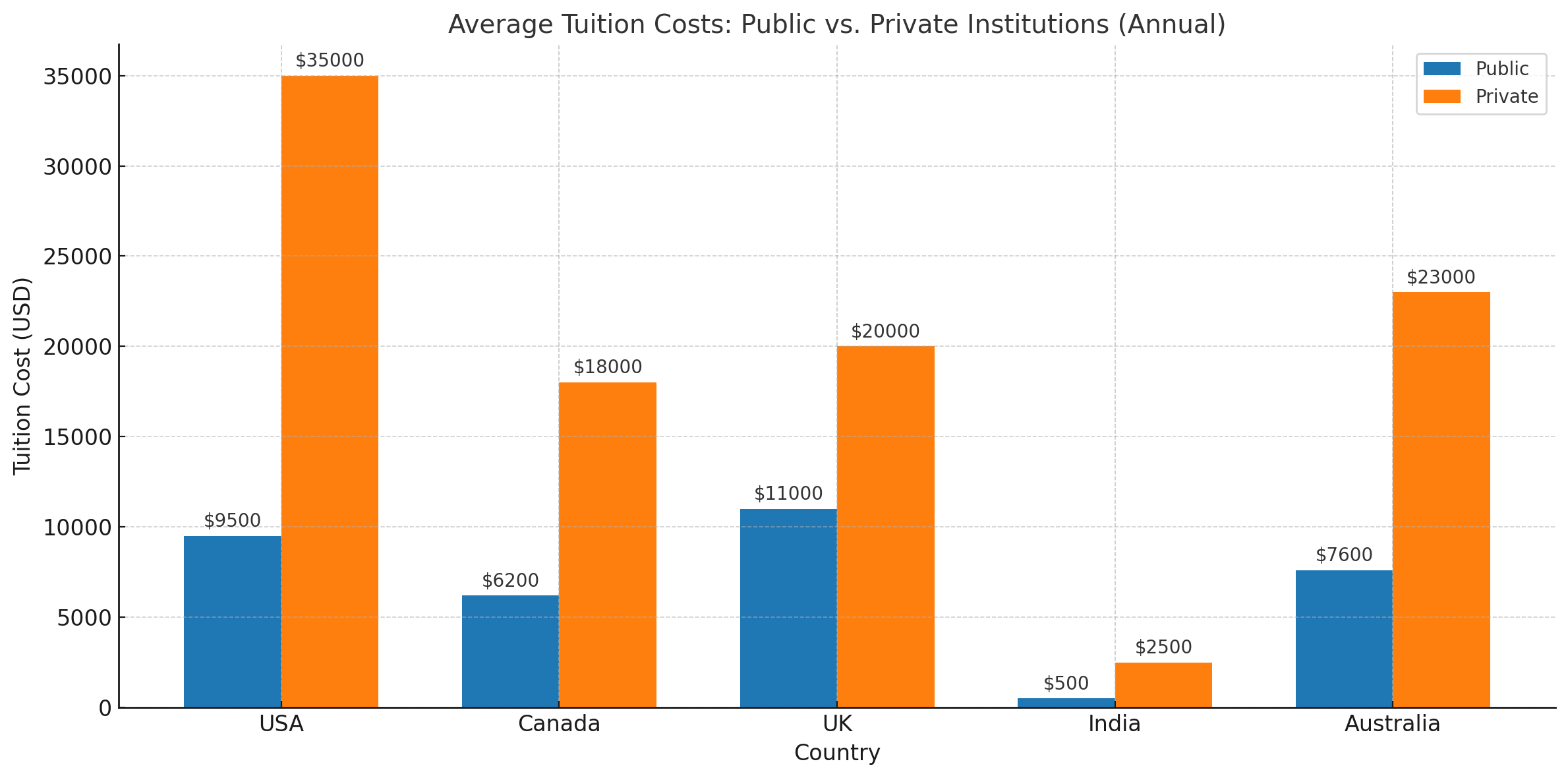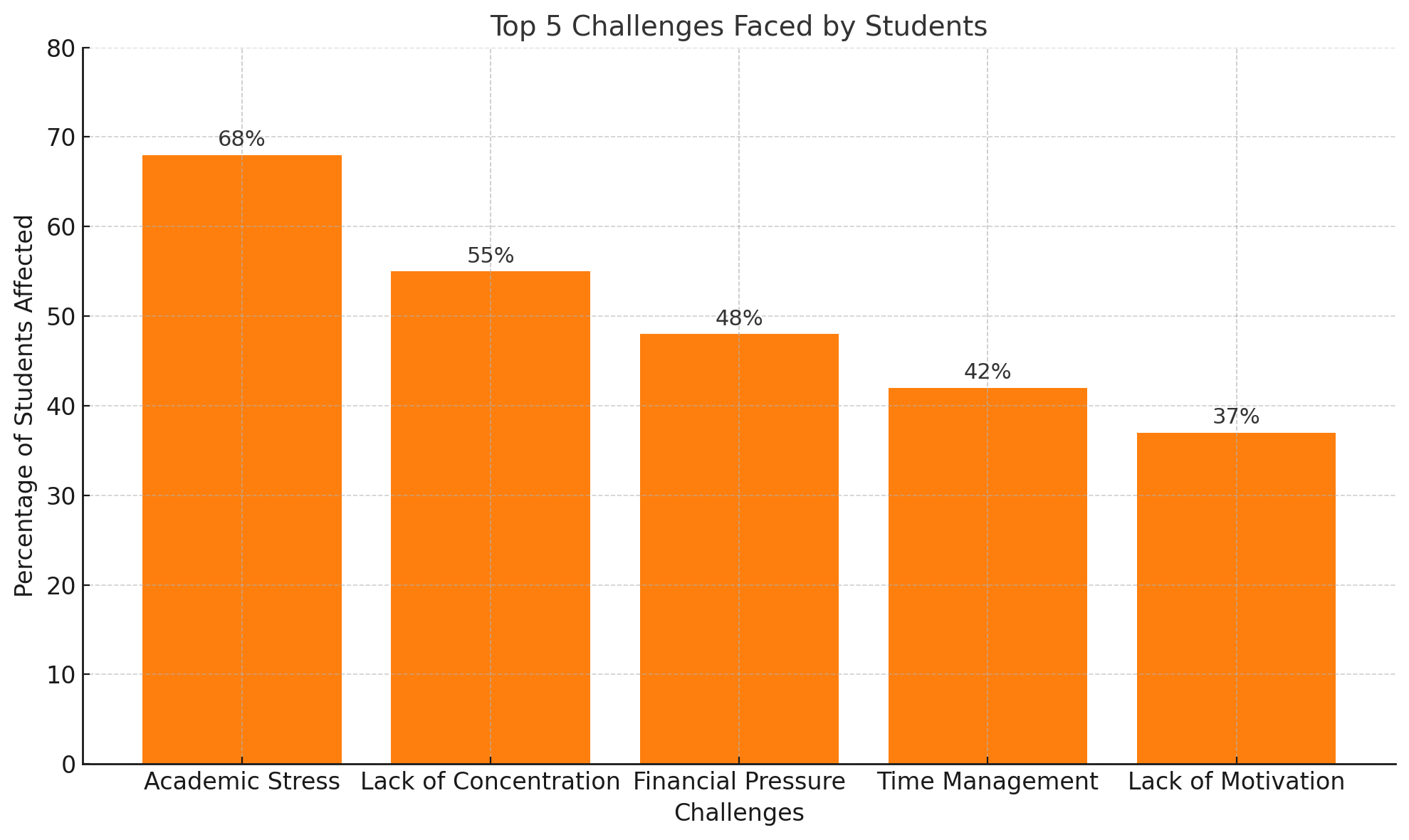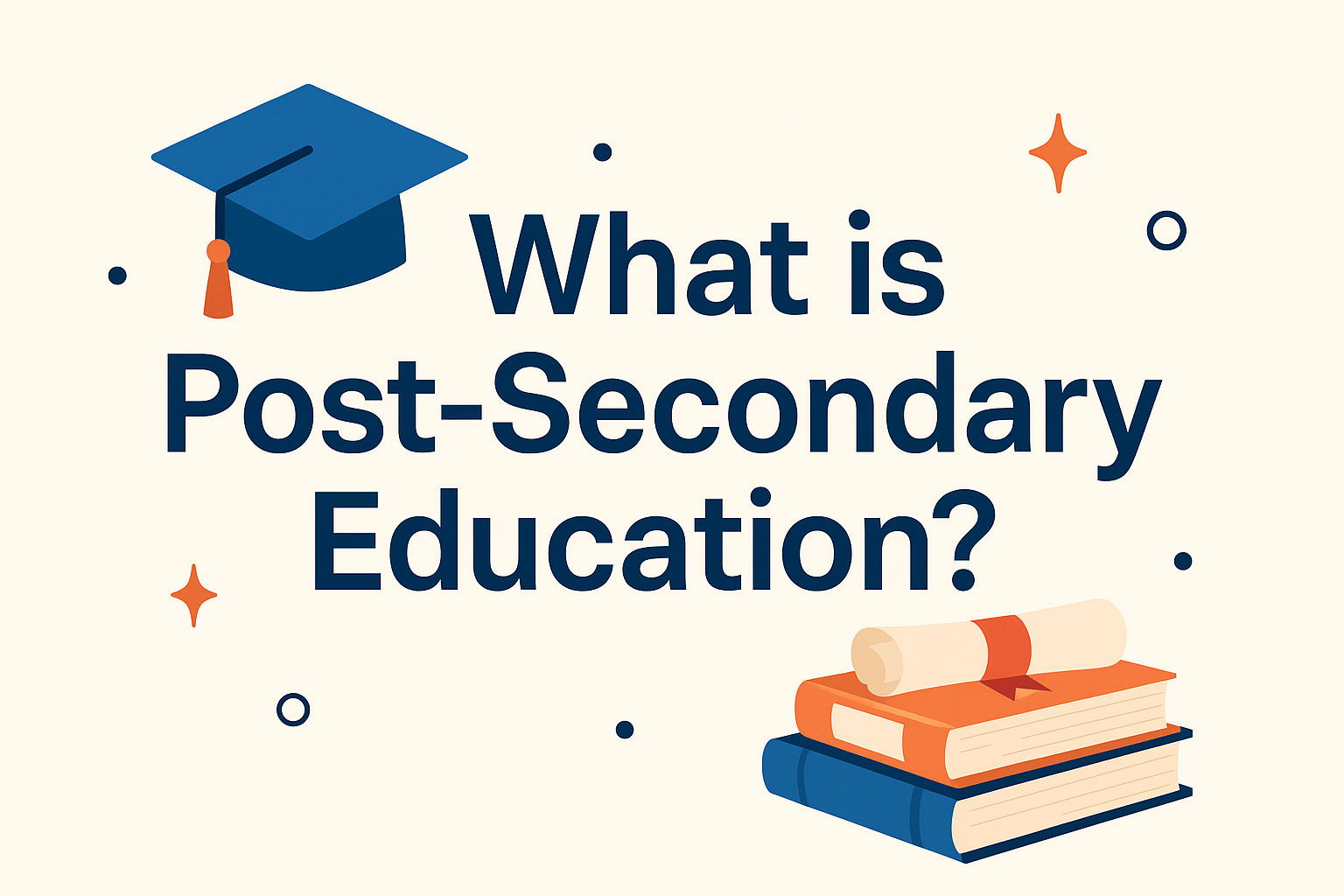Post secondary education refers to any formal learning pursued after the completion of high school (Grade 12). This includes colleges, universities, vocational training institutes, and online certifications. The term encompasses a wide range of academic and practical learning paths that help individuals build careers, gain specialized knowledge, and achieve personal growth.
Post secondary education is not limited to academic degrees—it also includes diplomas, professional licenses, and certificate programs designed to impart job-ready skills. Whether your goal is to become a software engineer, fashion designer, entrepreneur, or educator, post secondary education lays the foundation for success.
Related Read: What is a Community College?
Why Post Secondary Education Matters
Higher Employability and Income
Numerous studies indicate that individuals with post secondary credentials earn significantly more than those with just a high school diploma. Degrees and certifications serve as signals to employers of an individual’s commitment, skills, and readiness.
Personal and Professional Development
Beyond financial gains, post secondary education offers growth in critical thinking, communication, problem-solving, and creativity. It’s also a time of self-discovery where students learn to navigate challenges and build independence.
Expanding Career Pathways
Many high-paying and high-growth careers, such as data science, engineering, and healthcare, are accessible only with post secondary qualifications.
Explore More: High Salary Courses After 12th Science
| Qualification | Average Annual Salary Increase | Examples |
|---|---|---|
| High School Diploma | Base level | Clerk, Receptionist |
| Vocational Certificate | +10-20% | Electrician, Technician |
| Associate Degree | +30-40% | Paralegal, Radiologic Tech |
| Bachelor’s Degree | +60-80% | Engineer, Analyst |
| Master’s/Professional | +100%+ | Doctor, Lawyer, Data Scientist |
Types of Post Secondary Education
Post secondary education isn’t one-size-fits-all. Depending on your goals, budget, and time, you can choose from a wide range of formats.
Academic Programs
- Colleges and Universities: Offer associate, bachelor’s, master’s, and doctoral degrees.
- Community Colleges: Provide affordable 2-year associate degrees and transfer options.
Vocational and Technical Training
- Industrial Training Institutes (ITIs) and Polytechnics: Offer hands-on training in specific trades and technologies.
- Apprenticeships: Combine on-the-job training with classroom instruction.
Online and Distance Learning
- Flexible, often cheaper options suitable for working professionals.
- Platforms like Coursera, edX, and government portals offer credible certifications.
Must Read: Digital Marketing Courses

How Post Secondary Systems Vary Across Countries
India
- Post secondary begins after Grade 12.
- Includes bachelor’s degrees, ITIs, polytechnic diplomas.
- Government and private institutions coexist.
Recommended: Best Courses After 12th Commerce
Canada
- College and university systems are distinct.
- Colleges focus on applied skills; universities on academic degrees.
- Also includes CEGEPs (in Quebec).
USA & UK
- The US offers a flexible system: community colleges, liberal arts colleges, and universities.
- The UK system emphasizes early specialization and shorter degree duration.
| Country | Institutions | Duration | Unique Feature |
| India | Colleges, ITIs | 3-5 years | Entrance exams dominate admissions |
| Canada | Colleges, Unis | 2-6 years | Co-op programs & work-integrated learning |
| USA | Community/Unis | 2-6+ years | Broad curriculum in undergrad |
| UK | Unis, Voc. Colleges | 3-5 years | Early specialization in subjects |
How to Choose the Right Post Secondary Path
The right choice varies from student to student. Here’s how to evaluate options:
Self-Assessment
- Understand your strengths, interests, and career goals.
- Identify whether you prefer hands-on skills or academic knowledge.
Financial Planning
- Consider tuition, housing, and other expenses.
- Look for scholarships, grants, and work-study programs.
Research Institutions
- Look at rankings, placement rates, course content, and alumni networks.
Helpful Resource: Average Cost of College

Skills You Gain Through Post Secondary Education
Academic and Technical Knowledge
Deep subject matter expertise in disciplines like engineering, languages, and sciences.
Soft Skills
Communication, collaboration, adaptability, and problem-solving—skills crucial for the modern workplace.
Digital Fluency
Most programs now include tools and technologies like AI, data analytics, and online collaboration platforms.
| Skill Category | Examples | Benefit to Students |
| Academic Skills | Math, Science, Theory | Foundation for career and further education |
| Soft Skills | Public Speaking, Leadership | Essential for any career |
| Digital Skills | Using AI, Data Tools, Presentations | Boosts employability |
Common Challenges and How to Overcome Them
Post secondary education is exciting but also challenging. Knowing potential pitfalls helps you prepare.
Academic Stress
Tackle it through effective study strategies, time management, and peer support.
Related: How to Study Effectively
Concentration Issues
Break tasks into smaller steps, eliminate distractions, and use focus techniques.
Read More: 5 Proven Strategies on How to Focus
Financial Burden
Plan ahead and apply for scholarships and aid. Budget carefully.

Future of Post Secondary Education
Hybrid Learning Models
Mix of online and offline education is here to stay.
Rise of Microcredentials
Short, targeted courses like data analytics or AI tools are gaining credibility.
Lifelong Learning
Professionals return to school or take online courses to stay relevant.

Frequently Asked Questions (FAQs)
What is post secondary education in India?
Post secondary education in India begins after Class 12 and includes bachelor’s degrees, vocational diplomas, polytechnic programs, and online certifications.
What is post secondary education in Canada?
In Canada, post secondary includes colleges (vocational) and universities (academic). It also involves CEGEPs in Quebec, preparing students for advanced degrees or careers.
Which is post secondary?
Any formal education after high school: associate degrees, diplomas, certificates, bachelor’s, master’s, etc.
What is the meaning of a post secondary degree?
A degree obtained after high school such as an associate, bachelor’s, master’s, or doctoral degree.
Is post secondary education 10th or 12th?
Post secondary education begins after 12th grade, not 10th.
Is Grade 12 post secondary education in India?
No. Grade 12 is part of higher secondary education. Post secondary starts after completing Class 12.
Final Thoughts
Post secondary education is a transformative phase. It shapes careers, builds skills, and broadens perspectives. Whether you’re aiming for a university degree, vocational training, or a niche online certification, it’s about finding the right fit for your aspirations.
Actionable Next Step: Identify your strengths, explore various courses, and begin shaping your future with confidence.
Explore more helpful guides on The Tutor Bridge Blog to stay ahead!

